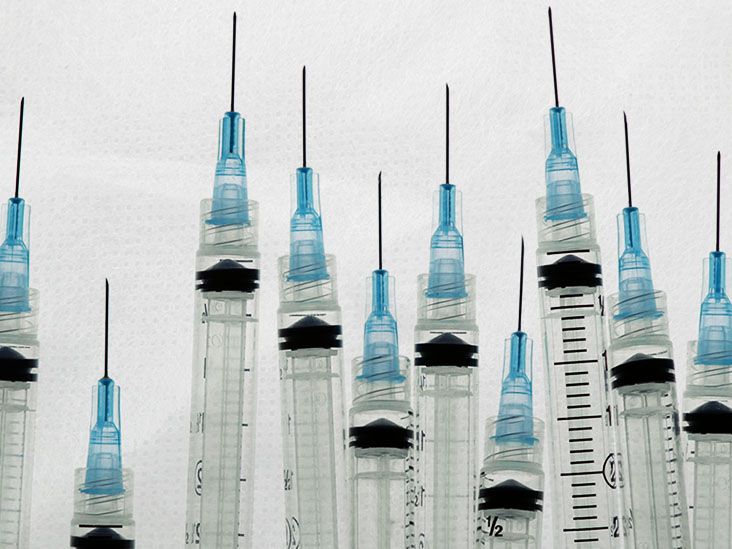Few people in the United States have enough fiber in their diets — and fiber may be particularly important for people with diabetes. A high fiber intake may reduce fasting blood glucose levels, among other benefits.
Fiber is the portion of a plant that the body cannot break down during digestion. Only about
Fiber supports health in a range of ways, including reducing this risk of heart disease. For people with diabetes, a high fiber diet may have added benefits.
In this article, learn about the link between fiber and diabetes and which foods are good sources of this plant-based nutrient.
The American Diabetes Association say that people with diabetes should follow the
These recommend that people older than 18 get 22–35 grams (g) of fiber each day. They give more specific targets, too, depending on a person’s sex and age.
A high fiber diet may have important benefits for people with diabetes. A
Other research suggests that a high fiber diet can help control a person’s glycosylated hemoglobin levels. A glycosylated hemoglobin test shows a person’s average blood glucose level for a few months before the test. This indicates how well their diabetes is being managed over time.
Fiber may provide a range of other health benefits, for everyone.
- lower the risks of developing:
- obesity
- stroke
- hypertension
- heart disease
- certain gastrointestinal diseases
- reduce levels of potentially harmful low-density lipoprotein (LDL) cholesterol
- lower blood pressure
- improve insulin sensitivity
- support weight loss by increasing feelings of fullness
Fiber comes in two forms: soluble and insoluble. Soluble fiber breaks down to form a gel-like substance in the stomach. Bacteria further breaks it down as it travels through the digestive tract.
This type absorbs cholesterol and dietary fats. It helps reduce levels of LDL cholesterol and control blood glucose levels after a meal.
Insoluble fiber, on the other hand, does not break down and adds bulk to stool, helping it move efficiently through the digestive tract.
Fiber-rich foods often contain both forms in varying amounts. Some good sources of fiber include:
- whole grains, such as:
- oats
- brown rice
- quinoa
- whole grain breads and cereals
- fruits
- seeds
- nuts
- vegetables
Understanding fiber values on food labels
According to the Food and Drug Administration (FDA), foods labeled “high” in fiber must contain at least 20% of a person’s daily recommended value of fiber, or at least 5 g in the defined serving.
For a product to advertise a “good” amount of fiber, it must contain at least 10% of the recommended daily value of fiber, or between 2.5 g and 5 g in the defined serving.
Some snacks can help a person increase their fiber intake. The following snacks have good amounts of fiber, along with other nutrients.
Almonds
Almonds contain healthy unsaturated fats and protein. Also, a 1-ounce (oz) serving provides about
Opt for raw almonds, and avoid those roasted with added flavors, salt, or sugar.
Air-popped popcorn
While some popcorn is loaded with butter, salt, sugar, and other unhealthy toppings, plain air-popped popcorn can be a healthy snack.
It is also a relatively substantial source of fiber, with 1 cup providing about
Chia seeds
Chia seeds are a great source of fiber, with about
Hummus
Hummus is made with chickpeas, which provide about
A person can make hummus at home relatively easily. Or, opt for store-bought varieties, which come in many flavors.
Bananas
One medium banana has about
Many people with diabetes need to monitor their intake of carbohydrates. In the list above, almonds, hummus, and chia seeds are high in fiber and contain lower amounts of carbohydrates.
There are many ways to add fiber-rich foods to meals. Find some ideas below:
Oatmeal with berries
To get the most fiber from oatmeal, it is best to choose minimally processed steel-cut or rolled oats, rather than fast-cook products. A half-cup of rolled oats contains about
Topping oatmeal with berries can boost the fiber intake and add sweetness. One cup of berries has just over
A salad with dark greens
Dark greens such as spinach and kale are rich in vitamins and can form the base of salads or side dishes.
Kale contains about
Baked sweet potatoes
Sweet potatoes contain about
Toppings make all the difference. Opt for baked potatoes or air fries with healthy toppings such as low fat cheese or spices and herbs.
Cooked lentils
Lentils are a staple in soups and grain dishes. They contain about
Brussels sprouts
These contain about
Most plant foods contain some fiber. The following are foods with high fiber contents:
| Food | Serving size | Fiber | Carbs |
| Almonds (raw) | 1 oz | 6 g | |
| Artichoke | 1 medium | 13.5 g | |
| Avocado | 100 g | 8.5 g | |
| Banana | 1 medium | 28.8 g | |
| Brussels sprouts | 1 cup | 8.1 g | |
| Chia seeds | 1 tablespoon | 5 g | |
| Chickpeas | 1 cup | 47.1 g | |
| Kale | 1 cup | 0.9 g | |
| Lentils | 35 g | 23 g | |
| Mixed berries | 1 cup | 14.6 g | |
| Pear | 1 fruit | 27.4 g | |
| Rolled oats | 1/2 cup | 34 g | |
| Sweet potato | 100 g | 20 g |
Fiber can play an important role in managing type 2 diabetes by promoting healthy blood sugar levels. Getting enough fiber may also lower the risk of other chronic conditions, including heart disease.
Many plant foods contain significant amounts of fiber and are relatively simple to incorporate into snacks and meals.
Whenever possible, opt for fresh, minimally processed foods and make snacks and meals at home.


